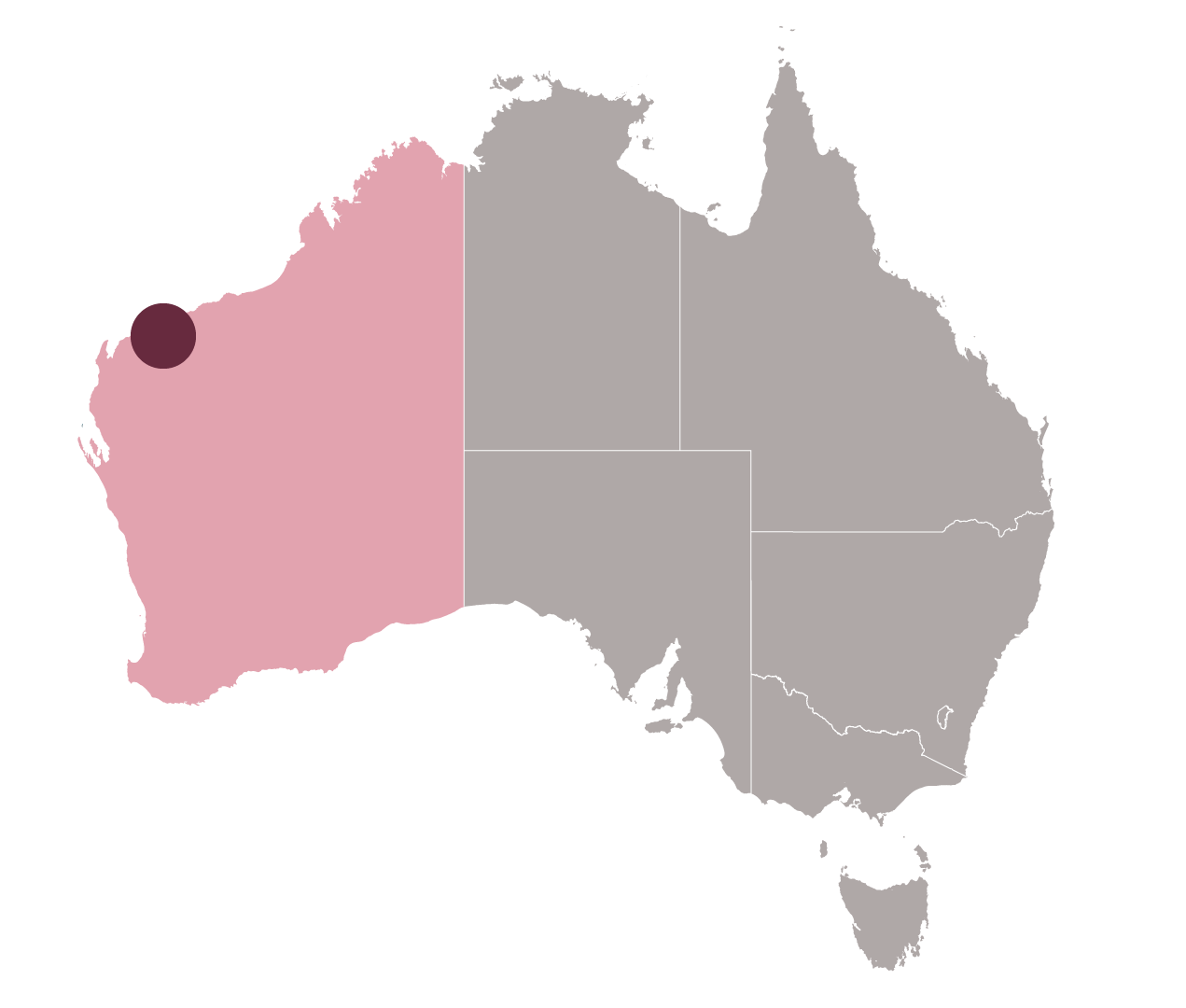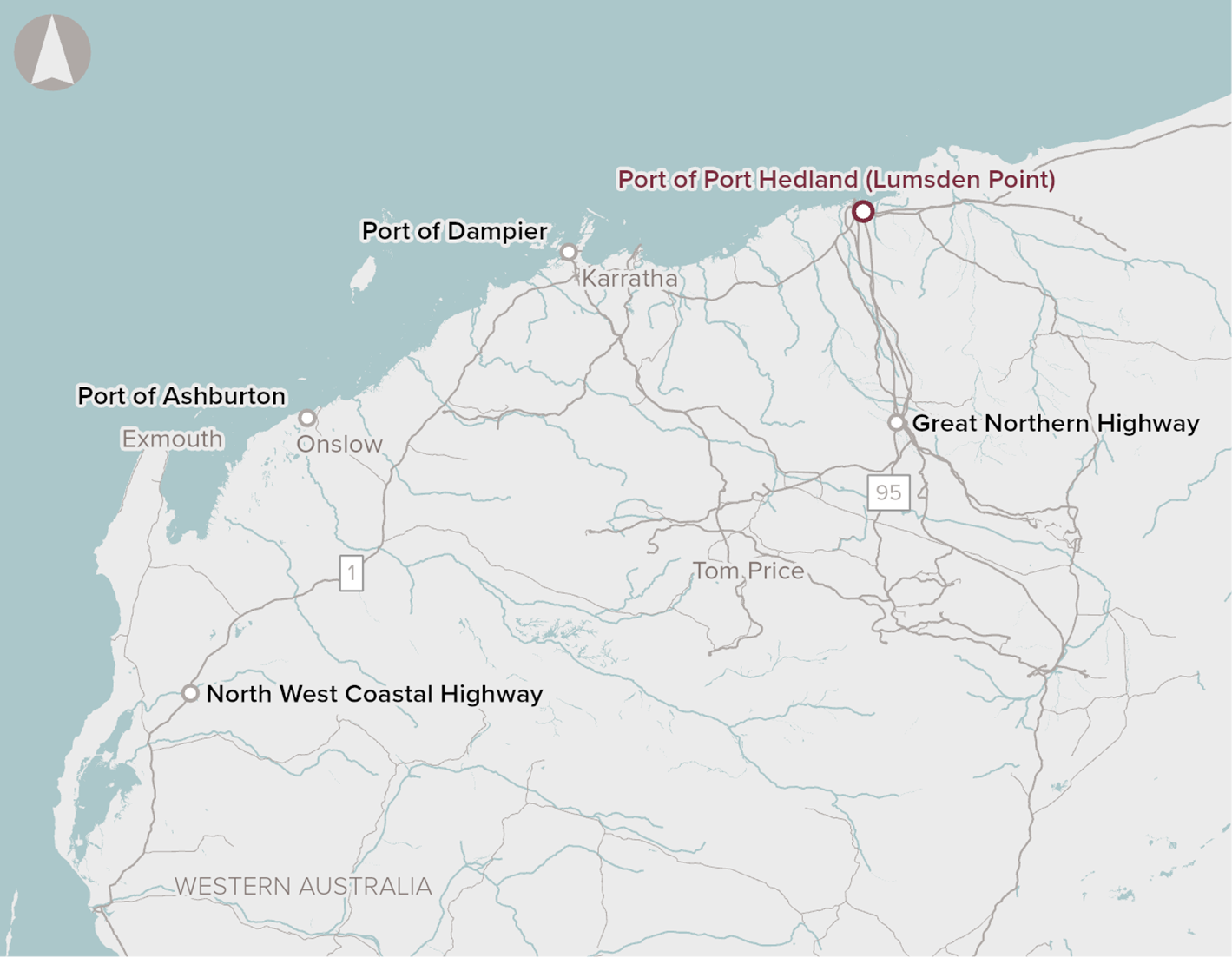

There are capacity constraints across the networks of the ports in the Pilbara due to growth by the development of several spodumene (lithium) projects, increasing demand for renewable energy and other metals from the consumer electronics, electrical vehicles and energy storage industries in Western Australia’s Pilbara region.
The Lumsden Point development aims to alleviate increasing congestion and constraints on existing general cargo infrastructure at Port Hedland as well as facilitate forecast trade growth in the Pilbara.
The proposals involves the development of Lumsden Point at Port of Port Hedland, including the provision of an additional deep water general cargo facility in the Pilbara providing for expansion of direct shipping services to the Pilbara. It will provide enabling infrastructure to diversify trade in the region, including growth in the export of battery metals and minerals including lithium concentrate and copper concentrate, and the import of wind turbines and solar panels to support renewable energy and hydrogen projects.
This proposal was first added to the Infrastructure Priority List as an Early stage proposal, Port Hedland port capacity, in 2020. It was updated in February 2021 to Pilbara ports capacity recognising the capacity constraints across the network of ports in the Pilbara, based on a WA Government submission.
The proposal has now been removed from the Infrastructure Priority List as it is fully funded.
The Australian Government has committed $565 million to the Pilbara Ports Capacity Upgrade project, of which $450 million is for Lumsden Point and $115 million is for Dampier port facilities.


 EVALUATION COMPLETE
EVALUATION COMPLETE





